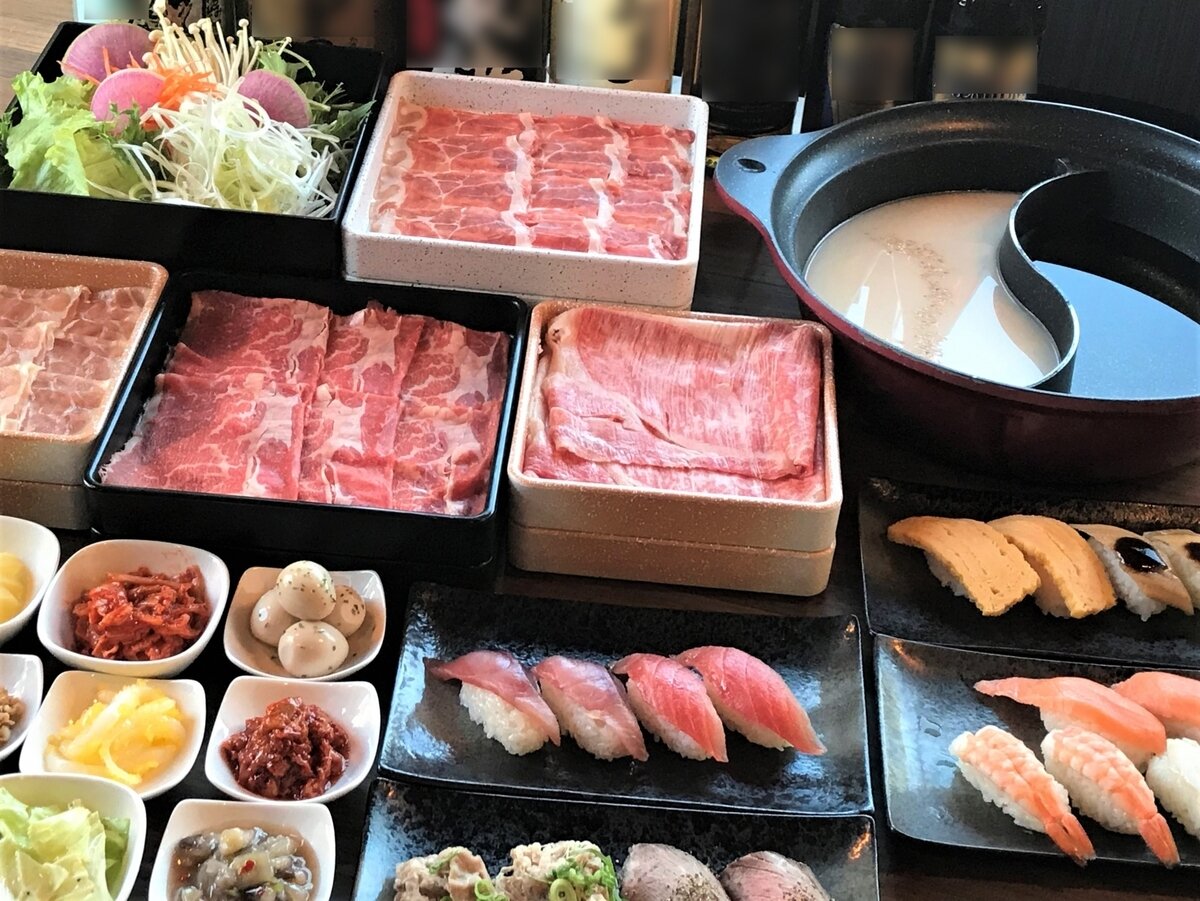When travelers come to Japan, many have their hearts set on trying traditional washoku or grabbing quick bites from local street food stalls. But there’s another culinary gem that often flies under the radar: the luxurious hotel buffet.
Far from your average all-you-can-eat affair, these buffets are a harmonious blend of world-class cuisine and the Japanese spirit of omotenashi (wholehearted hospitality). From Japanese, Western, and Chinese dishes to intricate desserts and seasonal specialties, it’s a multi-sensory experience that delights both the palate and the soul.
1. Why Are Japan’s Hotel Buffets So Popular Right Now?
One of the biggest reasons luxury hotel buffets in Japan are gaining attention among international visitors is the balance of quality and experience. Fresh, carefully prepared dishes, chefs cooking live right before your eyes, and a calm, elegant atmosphere—all these elements contribute to their growing appeal.
While "buffet" might bring to mind casual, quantity-over-quality dining, Japan’s hotel buffets are in a different league. Picture refined interiors, attentive service, and beautifully crafted dishes that change with the seasons. It’s not just a meal—it’s like strolling through an edible art gallery.
2. What Sets Japanese Buffets Apart from Those Abroad?
There are a few clear distinctions that make Japanese hotel buffets stand out:
Quality Comes First:
Rather than emphasizing quantity, Japanese buffets prioritize excellence. Every dish is meticulously prepared and artfully plated. Even complex dishes like sushi or tempura are made fresh at live stations by skilled chefs—something rarely seen at buffets elsewhere.
A Sense of Seasonality:
Japan’s deep connection to the seasons shines through in the menus. You might find cherry blossom-themed desserts in spring, or matsutake mushroom rice in autumn. This seasonal approach means each visit feels fresh and new, no matter how many times you go.
The Culture of Hospitality:
Service at Japanese hotels is on another level. Staff members are courteous, attentive, and always thinking a step ahead to ensure your comfort. It’s omotenashi in action—subtle, sincere, and unforgettable.
3. What Kinds of Dishes Can You Expect?
Luxury hotel buffets in Japan offer a rich variety of dishes across several cuisines:
Japanese Cuisine:
Sashimi, sushi, tempura, miso soup, seasonal simmered dishes—you’ll find delicate flavors that showcase the natural taste of each ingredient.
Western Cuisine:
Roast beef, pasta, gratin, cheeses, salads, and more. Many hotels offer live stations where chefs customize dishes to your preferences.
Chinese Cuisine:
Dim sum, fried rice, mapo tofu—classic Chinese dishes, elevated with a refined Japanese hotel touch.
Desserts:
Cakes, jellies, fruit, soft serve ice cream, and even chocolate fountains. Seasonal dessert buffets are especially popular among women and families.
Drinks:
Coffee, tea, and juices are standard, but many buffets offer optional plans with free-flowing champagne or wine for a more indulgent experience.
Even the presentation of the food is a feast for the eyes—carefully arranged like art, adding an extra layer of enjoyment to your meal.
4. Top 3 Hotel Buffets to Try in Tokyo
If you’re wondering where to start, here are three of Tokyo’s most acclaimed hotel buffets:
Hotel New Otani (Akasaka, Tokyo)
This iconic hotel offers several buffet options, but the standout is “SATSUKI.” Here, health-conscious menus shine with superfoods, organic ingredients, and plenty of gluten-free and low-carb dishes. Sushi, tempura, and roast beef are just the beginning—and don’t miss their signature “Super Shortcake,” a beloved icon in the hotel’s dessert lineup.
Imperial Hotel Tokyo (Hibiya)
Home to “Imperial Viking Sal,” widely considered the birthplace of buffet culture in Japan. This elegant spot blends Western and Japanese classics in a timeless setting. Their traditional roast beef is a must-try and a nod to their rich culinary legacy.
Tokyo Prince Hotel (Shiba Park)
At “Buffet Dining Porto,” you can enjoy your meal with a view of Tokyo Tower. Known for its airy ambiance and well-balanced offerings of Japanese, Western, and Chinese dishes, this buffet also features live grill stations. On weekends and during special seasons, themed buffets draw in both families and couples alike.
5. Final Thoughts: A Culinary Experience to Elevate Your Trip
A luxury hotel buffet in Japan isn’t just about eating your fill—it’s a curated experience for all five senses. From the artful presentation and craftsmanship to heartfelt service and seasonal flair, each visit offers a new and memorable chapter in your culinary journey.
If you’re looking to explore not only Japan’s traditional food culture but also its modern, refined dining scene, a visit to a Japanese hotel buffet is absolutely worth adding to your itinerary.
What is Tabehodai(All-You-Can-Eat)?

Search Restaurants by Popular Cuisines





